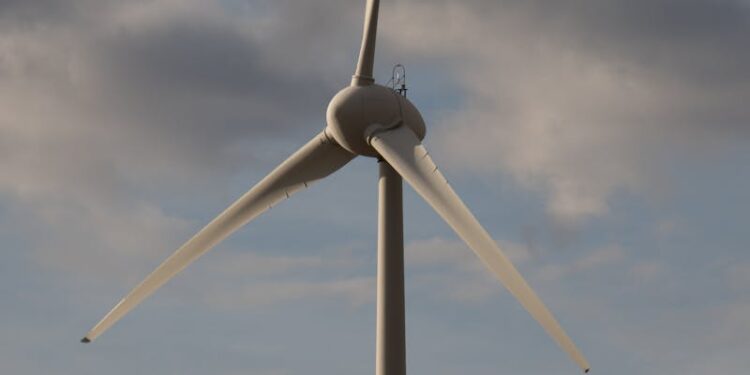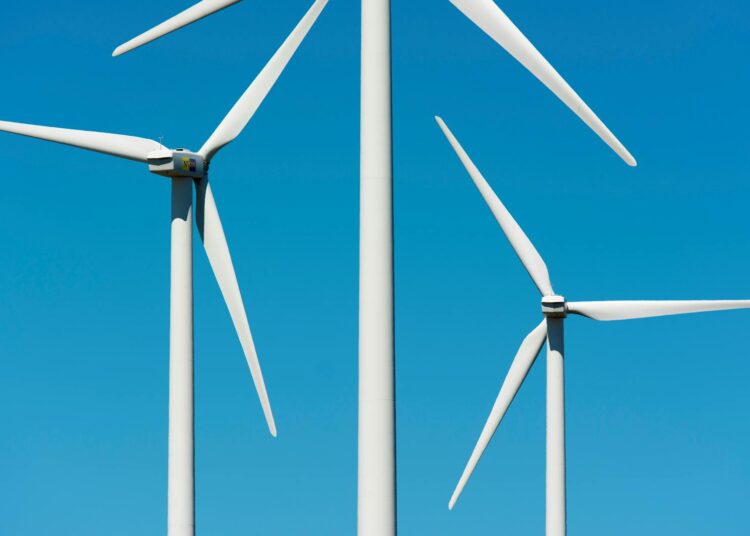Golf courses are traditionally seen as recreational spaces — greens, fairways, and clubhouses designed for sport and leisure. However, across the United States and Asia, these properties represent vast, underutilized land resources that can be transformed into multi-functional renewable energy platforms. By integrating solar energy, battery storage, co-generation systems, and data center facilities, golf courses can evolve into financially productive and environmentally responsible energy hubs, all while preserving aesthetic and ecological value.
This article explores the technical, financial, and environmental opportunities for large-scale energy integration on golf courses, considering land availability, hybrid system design, and practical implementation strategies.
1. Land Availability and Potential
Golf courses occupy significant land areas globally:
- United States: Approximately 15,000 golf courses covering ~2.3 million acres. This is more land than many states allocate for solar and wind farms combined.
- Asia: Countries such as Thailand, Vietnam, South Korea, and Japan have seen rapid growth in golf course development, often on peri-urban land with proximity to infrastructure. Collectively, Asia’s golf courses add hundreds of thousands of acres suitable for energy integration.
These numbers highlight a tremendous untapped potential for utility-scale solar, wind, and hybrid energy systems without displacing urban development or agricultural land.
2. Solar Energy Integration: Beyond Rooftop Panels
Golf courses provide unique opportunities for ground-mounted and rooftop solar installations:
- Rooftop Solar: Clubhouses, maintenance facilities, and parking garages can host high-efficiency solar panels, minimizing interference with play areas.
- Ground-Mounted Arrays: Certain fairways, out-of-play roughs, and water retention basins can support multi-megawatt (MW) solar fields.
- Floating Solar: Water features and ponds can host floating photovoltaic arrays, which reduce evaporation, maintain water temperature, and generate energy simultaneously.
Hybrid Systems: Combining photovoltaic (PV) panels with concentrated solar power (CSP) units on peripheral land can increase total generation capacity and provide direct thermal energy for co-generation systems.
3. Battery Storage and Grid Integration
Battery energy storage systems (BESS) are essential for maximizing the financial and operational benefits of solar energy:
- Peak Shaving: Store excess daytime energy to use during evening peak demand.
- Grid Services: Sell stored energy back to the utility under Power Purchase Agreements (PPAs) or participate in frequency regulation markets.
- Hybrid Energy Management: Pairing solar generation with on-site natural gas or biofuel co-generation ensures 24/7 energy availability for data centers or irrigation systems.
A typical 100-acre solar + battery golf course hub could produce 10–20 MW of renewable energy with 40–80 MWh of battery storage, enough to support a small data center or feed the local grid.
4. Data Centers on Golf Courses: Design and Integration
Data centers are highly energy-intensive, often requiring continuous power, cooling, and secure locations. Golf courses provide:
- Open Land with Proximity to Transmission Lines: Essential for reliable, low-latency grid connections.
- Natural Aesthetic Integration: Using green roofs, vegetated facades, and low-profile architectural designs, data centers can blend into the golf course environment.
- Thermal Synergies: Waste heat from servers can power co-generation units or heating for clubhouses, creating a closed-loop energy ecosystem.
Leasing land to tech companies or cloud providers generates steady, long-term revenue, complementing income from energy sales.
5. Hybrid Renewable Energy Models
A truly resilient golf course energy hub integrates multiple systems:
- Solar + Battery Storage: Maximizes grid feed-in and local usage.
- Co-Generation (Cogeneration): Converts biogas, biomass, or natural gas into electricity and heat for data centers and facilities.
- Floating and Ground PV Arrays: Optimizes land use while preserving recreational space.
- Microgrid Design: Allows energy self-sufficiency for club operations and tenants.
- EV Charging Integration: Supports both golf carts and public electric vehicles, generating additional revenue streams.
This hybrid design approach transforms a golf course from a passive asset into a high-value energy and technology node.
6. Environmental Design and Aesthetic Considerations
Maintaining the golf course’s visual and ecological appeal is critical:
- Vegetated Barriers: Trees, shrubs, and berms can conceal solar arrays or battery enclosures.
- Water Feature Integration: Floating solar and pond-based cooling systems preserve recreational aesthetics.
- Landscape Blending: Data centers designed with earth-tone finishes, green roofs, and naturalistic facades reduce visual impact.
- Biodiversity Enhancement: Native plantings around energy installations support pollinators and wildlife corridors.
The goal is a synergistic integration of energy infrastructure and landscape architecture.
7. Financial and Strategic Opportunities
Golf course owners can realize multiple revenue streams:
- Energy Sales: Grid-connected solar + battery systems produce long-term, predictable income.
- Property Leasing: Data center tenants pay high-value leases for premium land near infrastructure.
- Sustainability Branding: Enhances corporate image and community engagement, potentially increasing golf memberships and sponsorships.
- Carbon Credits and Incentives: Solar and hybrid systems can generate tradable carbon offsets, creating additional financial value.
8. Implementation Approach: How to “Build” the Hub
Rather than traditional construction, these hubs require strategic design and system integration:
- Site Assessment: Map sun exposure, water features, and existing structures.
- Energy Modeling: Determine optimal solar, battery, and cogeneration capacities.
- Landscape Integration: Design arrays and facilities to minimize visual and ecological disruption.
- Infrastructure Planning: Ensure reliable transmission access for grid export and data center connectivity.
- Phased Deployment: Start with rooftop or peripheral solar and expand to ground-mounted and hybrid systems.
- Monitoring & Optimization: Continuous energy management using smart grids, battery analytics, and renewable forecasting.
This approach ensures maximal energy yield, financial return, and minimal disruption to recreational and ecological functions.
9. Scale Potential
- United States: 2.3 million acres of golf courses could theoretically support hundreds of gigawatts of solar capacity, depending on hybrid system design and multi-use planning.
- Asia: Growth in Southeast Asian golf course development offers tens of thousands of acres suitable for integration, providing regional renewable energy and data center capacity.
- Global Impact: By leveraging existing land for energy generation rather than new construction sites, golf course hubs can accelerate decarbonization and infrastructure development efficiently.
Conclusion
Golf courses offer a unique convergence of land, infrastructure, and opportunity. By integrating large-scale solar, battery storage, hybrid co-generation, and data centers, these properties can become multi-revenue, environmentally sustainable hubs. Thoughtful design ensures energy production and technology integration blend seamlessly into the landscape, preserving aesthetics, supporting biodiversity, and creating long-term economic value.
For golf course owners, developers, or investors exploring large-scale renewable energy, battery storage, and data center possibilities, contact Phil at phil@pacificoenergy.com to discuss feasibility studies and potential opportunities.


















